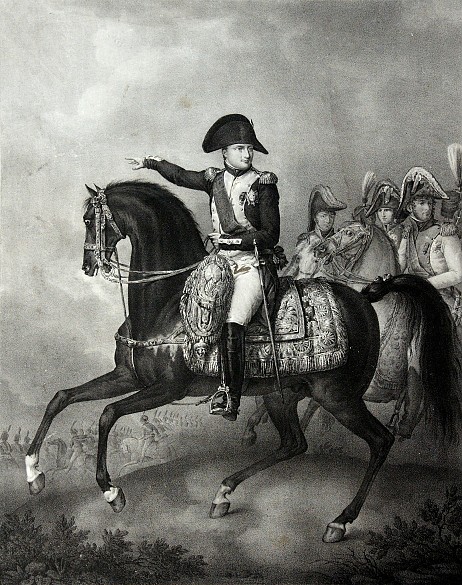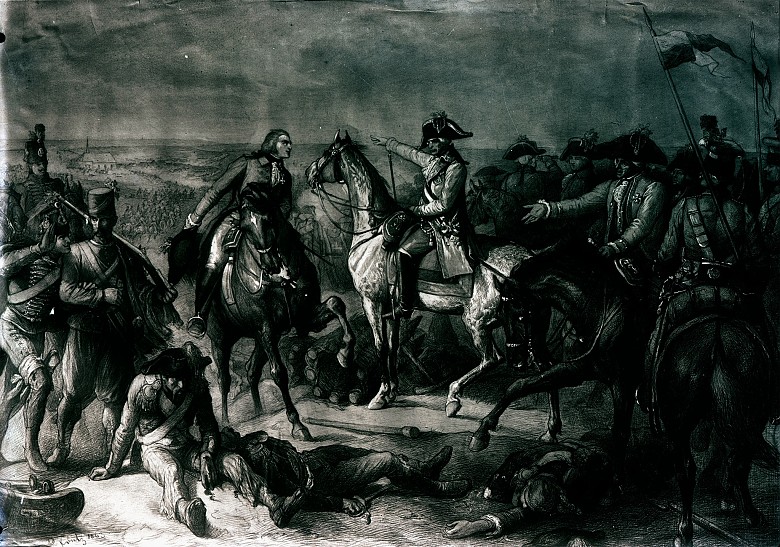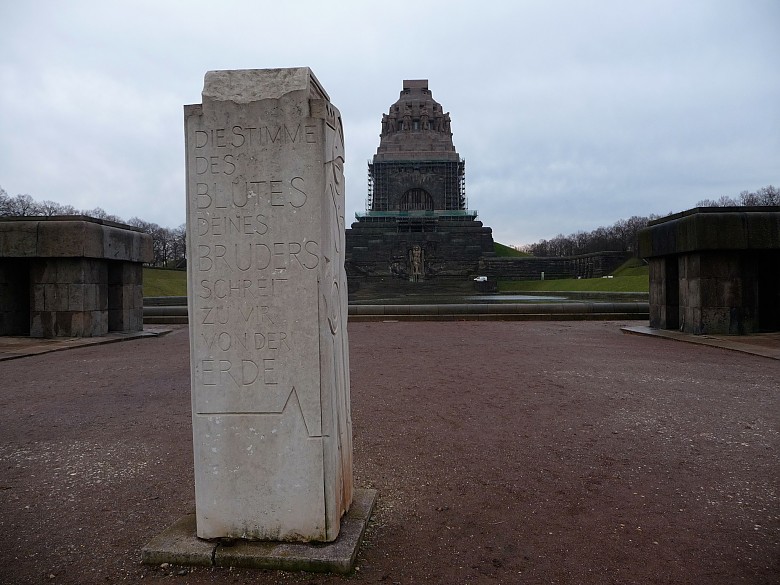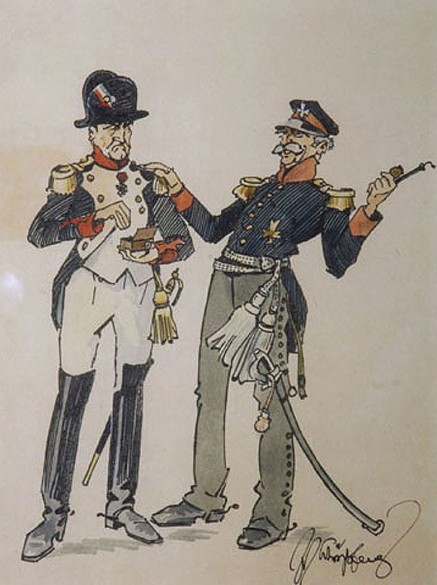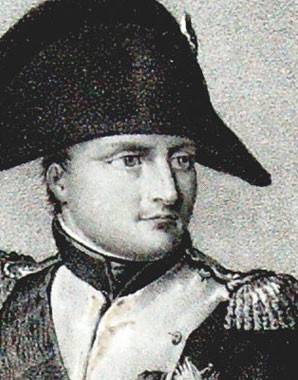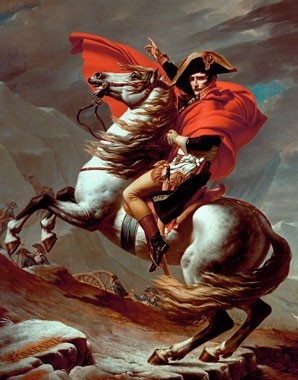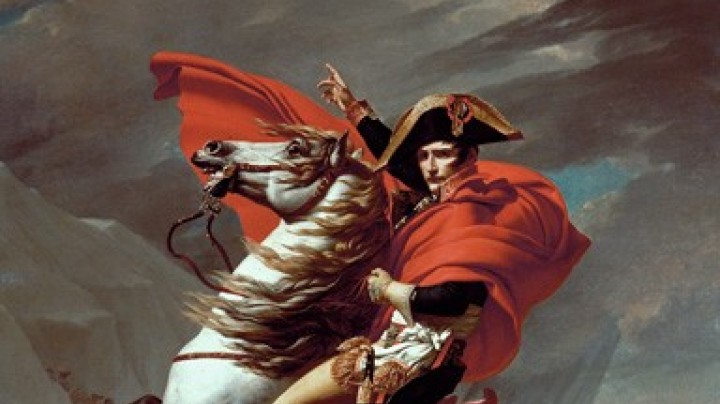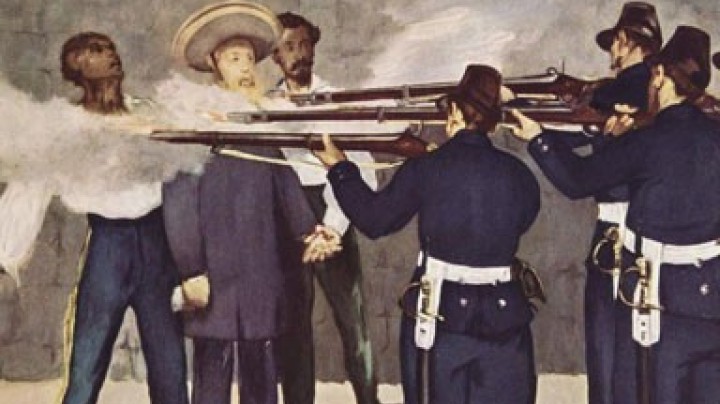Battles between ‘emperors’ and ‘peoples’
The Napoleonic wars saw battles attaining new dimensions – not just in terms of troop movements but also of casualties.
The first hostilities took place only a few days after France’s declaration of war on Austria and Prussia on 20 April 1792. The fact of conscription in France and the huge armies that were its consequence meant that an ever-increasing number of sectors of the population were involved in the war. The armies sent into the field were bigger than ever before: initially 400,000 men for Austria, 250,000 for Prussia and 300,000 for France, making a total of almost one million. As if this were not enough, the French army subsequently grew to 850,000, making France’s forces for a long time far superior in strength to those of the other European powers.
The War of the Third Coalition saw the theatre of war shift into the core Habsburg lands. A number of battles that took place in present-day Lower Austria still hold an important place in the chronicles of its towns and villages. On 10 and 11 November 1805, for example, Russian and Austrian troops clashed with Napoleon’s army in the Wachau near Dürnstein and Loiben. Although Austria and Russia were the victors, Napoleon reached Vienna in the course of the following days and set up his headquarters at Schönbrunn. Two days later, France emerged victorious from the battle of Hollabrunn and Schöngräbern, where around 5,000 soldiers fell in the course of one day. Napoleon was now intent on pressing his foes into a decisive battle, which took place on 2 December 1805 at Austerlitz (present-day Slavkov, near Brno, Czech Republic). Although Austerlitz became famous as the Battle of Three Emperors, only Tsar Alexander I of Russia and Napoleon were present – Franz was not. The battle ended in a grave defeat for Russia and Austria, whose total losses – fallen, wounded, or taken prisoner – ran to nine generals, 273 officers and 26,922 soldiers.
After interim successes in 1809, Austria suffered further defeats and in 1812/13 even had to take to the field on Napoleon’s side in the Russian campaign – of the 600,000 soldiers that made up the Grande Armée , 30,000 were from Austria. Now, however, the war reached a decisive turning-point that culminated on 16 October 1813 at the Battle of Nations near Leipzig. At the time it was biggest battle in world history, with a total of 520,000 soldiers taking part, of whom 90,000 were killed. Napoleon was defeated and in the following months was driven back to Paris.
